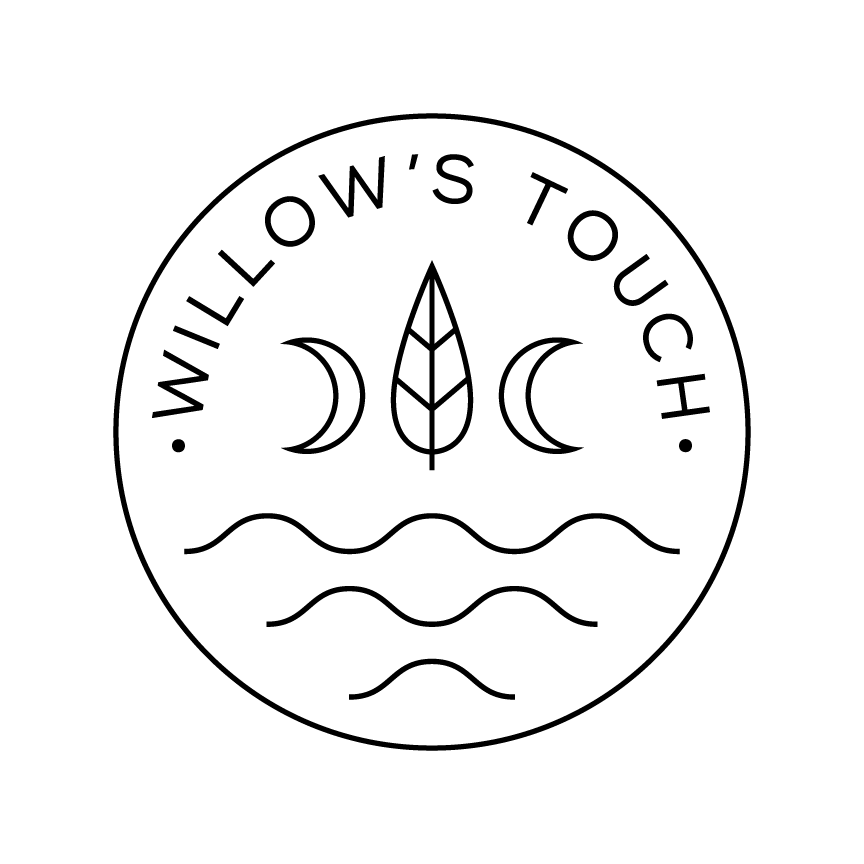Pan-fried Sunchokes with Sage and Garlic Butter
This dish has been two years in the making, made with sunchokes growing in my garden! A community member at the meditation center where I work started a sunchoke-growing project, which unfortunately failed because the sunchokes didn’t do well indoors. There were a couple of extra tubers, which I brought home to grow in my backyard in 2018. The seasons came and went, and I enjoyed seeing the tall, bright yellow flowers in the summertime, but I had not harvested any sunchokes… until last weekend.
We unpotted the plant to transfer it to a larger pot, and discovered the many sunchokes that were waiting underneath! It was an unplanned and nice surprise. It was amazing to see how in span of two years, the amount of sunchokes had grown exponentially. In fact, it was in dire need of harvesting as it was overcrowded down there! It was a reminder to be grateful for nature’s abundance, and for the pleasant surprises one may find when working with the soil.
For those who are wondering, sunchokes, also referred to as Jerusalem artichokes (no relation to the place though, it’s a plant native to North America), is a species of sunflower. They’re harvested in the fall to early spring. You may have seen some on sale at farmers markets such as Union Square’s in New York City, or perhaps at a specialty grocery store. It tastes like a slightly sweet and nutty potato, with the texture of a tender-yet-still-crispy beet. It’s not as starchy as a potato, so it doesn’t sit heavily in the stomach.
Sunchokes are a good source of iron, potassium, thiamin, protein, and fiber. It also has inulin, which is a a non-digestible fiber and carbohydrate that serves as a prebiotic. In other words, it feeds the good bacteria in your gut.
I paired this dish with sage and garlic, culinary herbs I had at home. I loved sage butter the times that I’ve had it with pasta. And how can one ever go wrong with adding garlic to anything?! Plus, these two herbs are antiviral, antibacterial, and support immune, circulatory, and respiratory health. Food is indeed medicine and a major way we impact our health.
Pan-fried Sunchokes with Sage and Garlic Butter
Adapted from Serious Eats
1 pound sunchokes
1.5 tbsp sunflower oil
2 tbsp unsalted butter
3 springs of fresh sage leaves (Thyme, rosemary, or oregano can be great alternatives. Work with what you have!)
5 cloves of garlic
salt
sea salt
black pepper
1. Wash the sunchokes and trim any dark spots. Make sure you rinse off any soil.
2. Slice the sage leaves and garlic cloves and put aside.
3. Cover sunchokes with 1 in. of cold water in a pot. Add salt to the water to season the sunchokes, as if you were seasoning a soup.
4. Bring to a boil under high heat. Once it comes to a boil, reduce the heat and continue cooking for about 10 minutes, or until the sunchoke can be cut through with a sharp knife with little resistance (soft but not too soft).
5. Drain the sunchokes with a colander and let cool. (You can also store this in the fridge once cooled if you want to wait till the next day to finish cooking.)
6. Use a pot or skillet to smash each sunchoke until it is flattened but not broken into pieces.
7. Heat the sunflower oil over medium heat in a large skillet.
8. Place the sunchokes in the skillet in a single layer next to one another. Cook for 3-7 min or until well browned on just one side.
9. Flip the sunchokes to cook the other side for 3-7 minutes, or until well browned. While you are doing that, add the butter, sage, and garlic and let melt. Spoon the melted butter and herbs over the sunchokes while cooking this side.
10. Add fresh sage leaves to garnish. Add sea salt and black pepper to taste.
What dishes are you cooking at home, and how are you incorporating herbs into your diet? Share your recipes & ideas below!
Disclaimer: Statements made on this website about the herbal products have not been evaluated by the Food and Drug Administration, which does not evaluate or test herbs. The information and products are not intended to diagnose, treat, cure, or prevent any disease or health condition. Information on this website is provided for informational purposes only, and is not meant to substitute medical advice or diagnosis provided by your medical professional. If you have or think you may have a medical problem, contact your medical provider and consult with them before using herbal products.
Willow’s Touch and/or its proprietors assume no liability for any injury, illness or adverse affects caused by the misuse and/or use of the information or products presented on this website. Any application of the information or products is at the person’s discretion and is the person’s sole responsibility.



